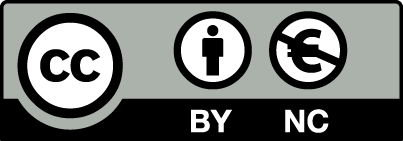Changes of cytotoxicity of Ti-6Al-4V alloy made by DMLS technology as effect of the shot peening
Artykuł w czasopiśmie
MNiSW
100
Lista 2021
| Status: | |
| Autorzy: | Żebrowski Remigiusz, Walczak Mariusz, Drozd Kazimierz, Jarosz Mirosław J. |
| Dyscypliny: | |
| Aby zobaczyć szczegóły należy się zalogować. | |
| Rok wydania: | 2020 |
| Wersja dokumentu: | Drukowana | Elektroniczna |
| Język: | angielski |
| Numer czasopisma: | 4 |
| Wolumen/Tom: | 27 |
| Strony: | 1 - 7 |
| Impact Factor: | 1,447 |
| Web of Science® Times Cited: | 5 |
| Scopus® Cytowania: | 5 |
| Bazy: | Web of Science | Scopus |
| Efekt badań statutowych | NIE |
| Materiał konferencyjny: | NIE |
| Publikacja OA: | TAK |
| Licencja: | |
| Sposób udostępnienia: | Otwarte czasopismo |
| Wersja tekstu: | Ostateczna wersja opublikowana |
| Czas opublikowania: | W momencie opublikowania |
| Data opublikowania w OA: | 22 stycznia 2020 |
| Abstrakty: | angielski |
| Specimens were prepared by the EOSINT M280 metal sintering laser system. The surfaces were subjected to the shot peening process using three different media, i.e. steel shot, nutshell granules and ceramic beads, after which they were subjected to profilometric analysis, scanning electron microscopic (SEM) observations and energy dispersive X-ray spectroscopy (EDS) tests, as well as to assessment of biological compatibility in terms of cytotoxicity (SH-SY5Y cell lines). Results: The general results obtained from the tests indicate satisfactory biocompatibility of the examined surfaces and that the impact of the shot peening process on the titanium alloy cytotoxicity is acceptable. Conclusions: The lowest cytotoxicity was demonstrated by the surfaces modified by ceramic beads than the nutshells and the biggest steel shot correspondingly. Moreover, the shot peening process carried out by means of CrNi steel and ceramic shot caused the reduction of surface roughness when, for the surface processing by means of nutshell granules, the increase of surface roughness was observed compared with the unmodified surface of titanium alloy samples. |

